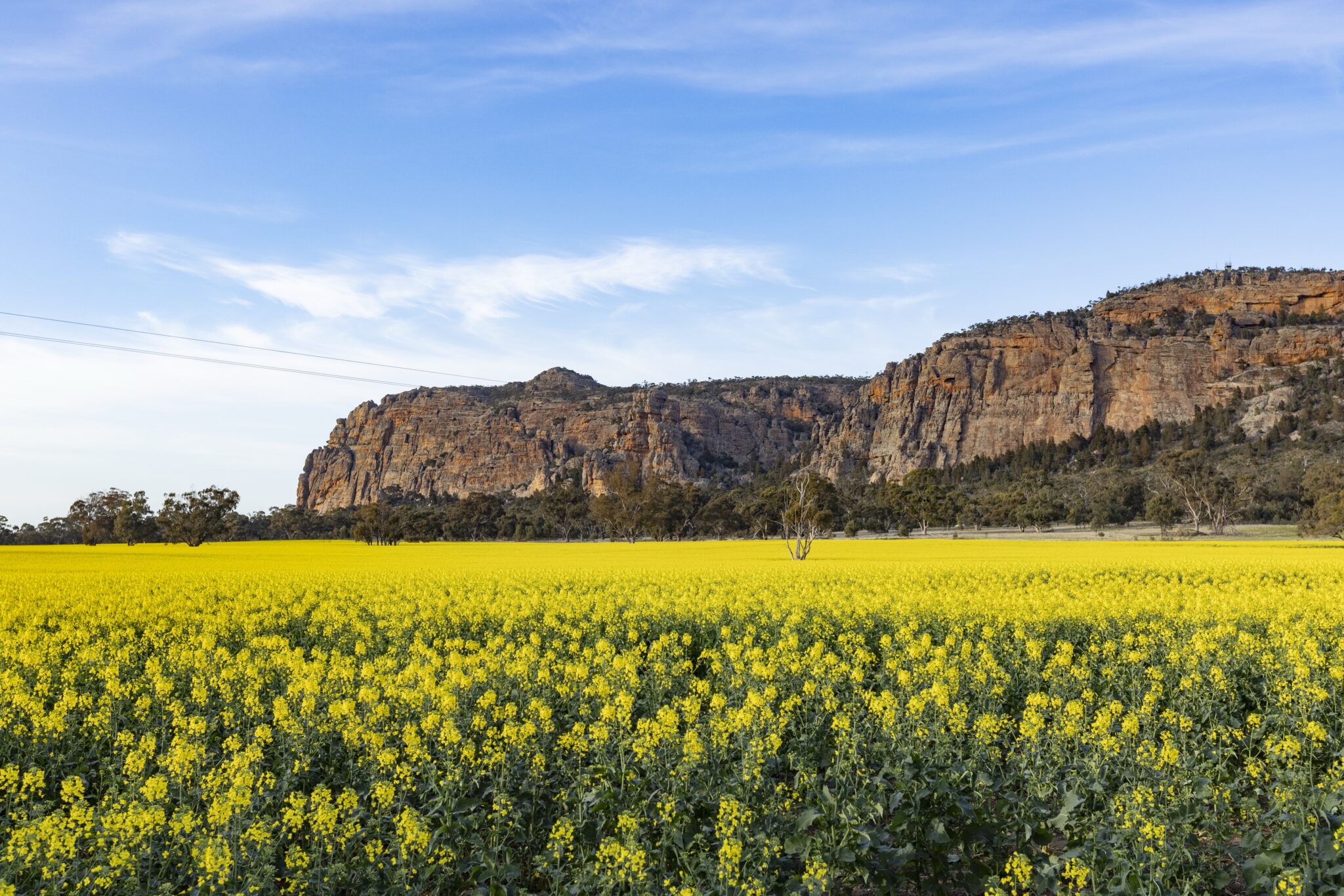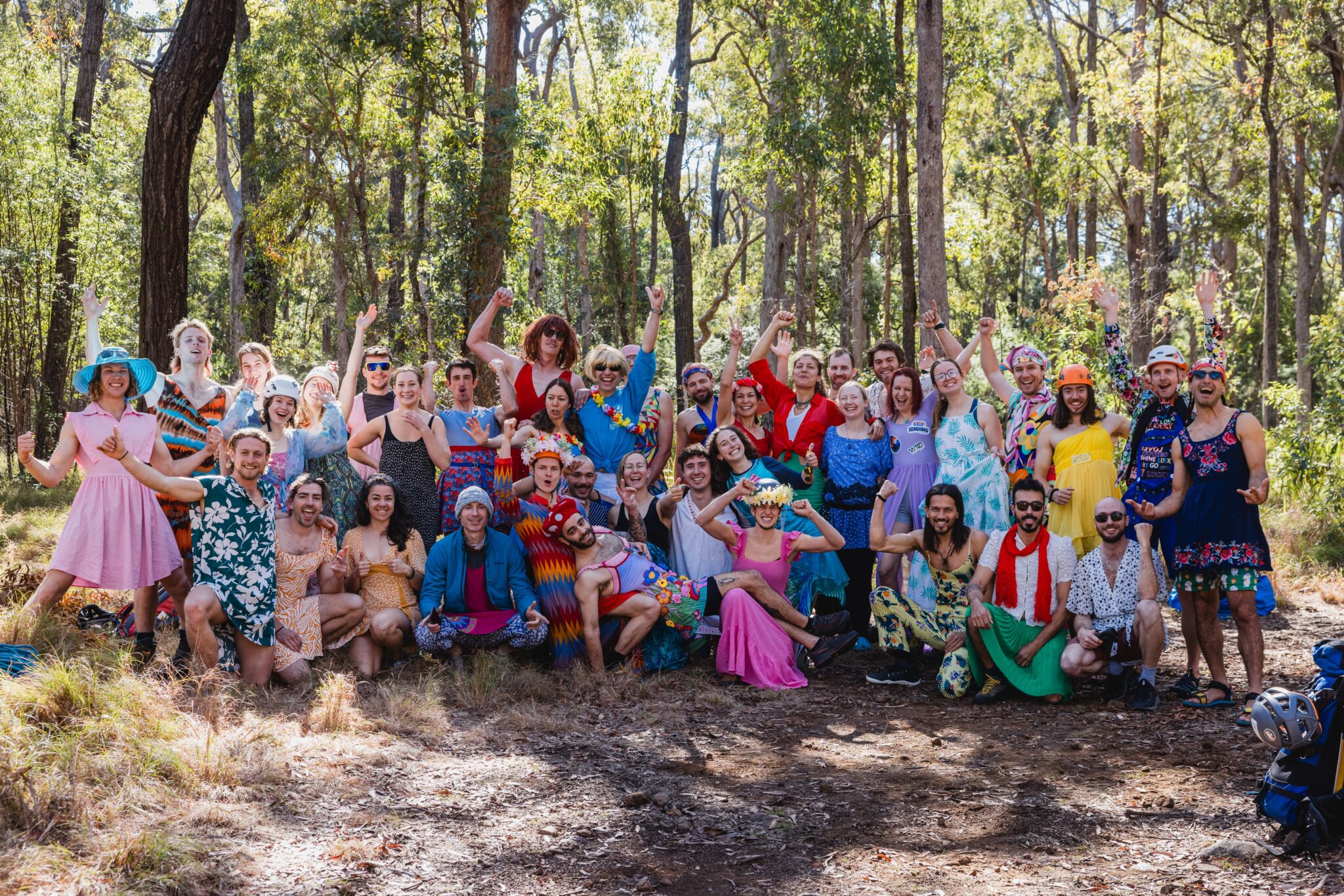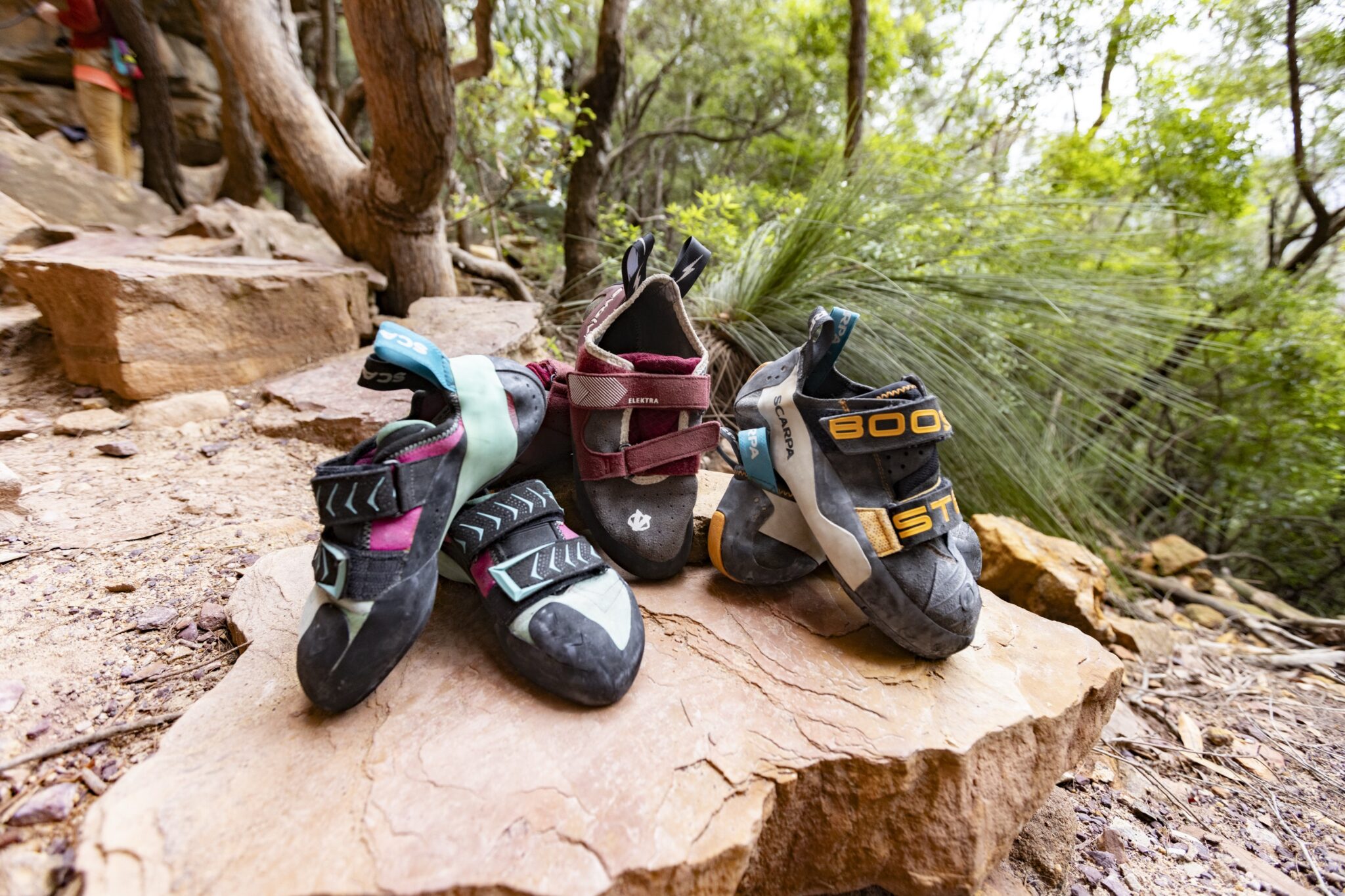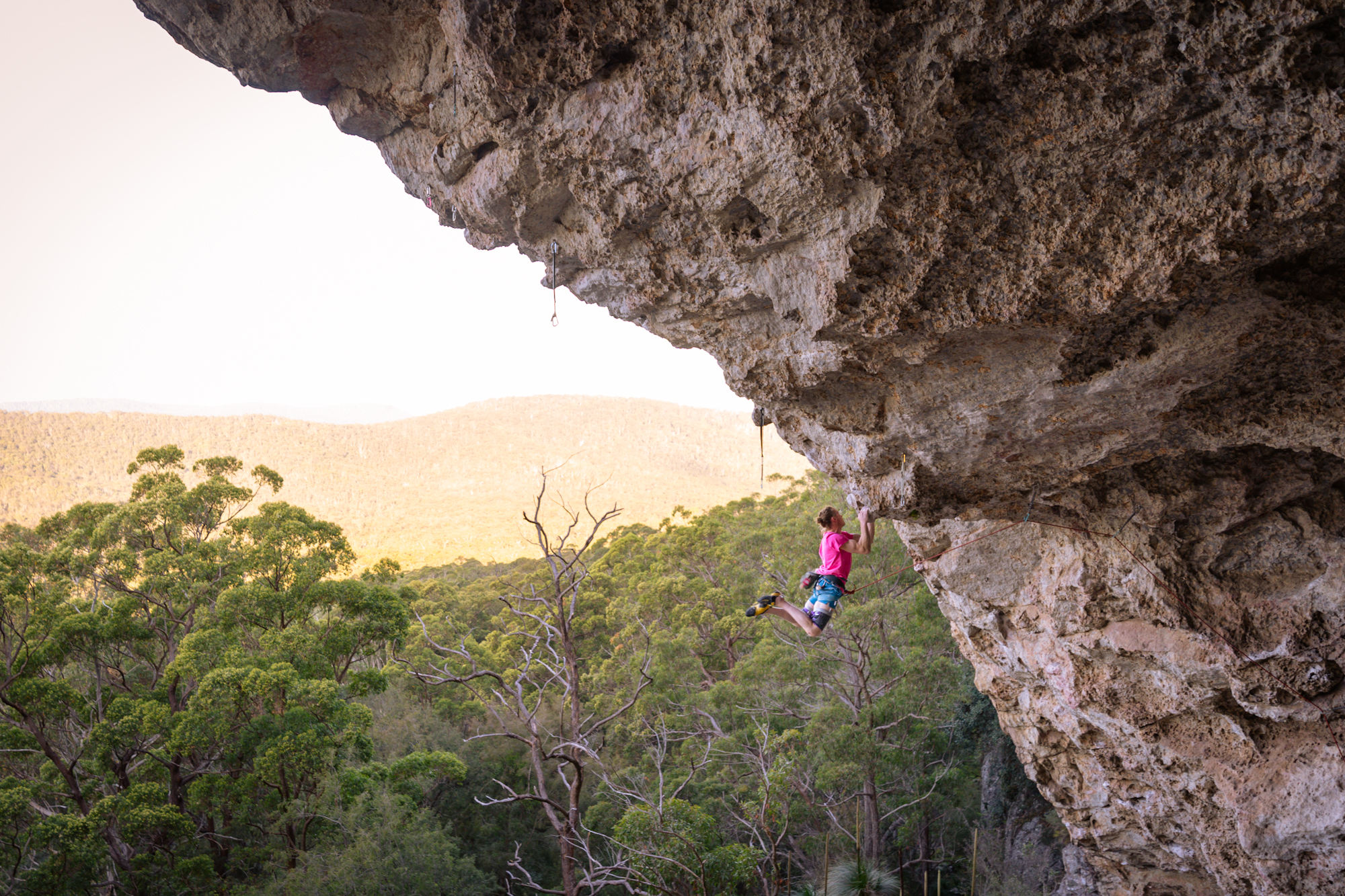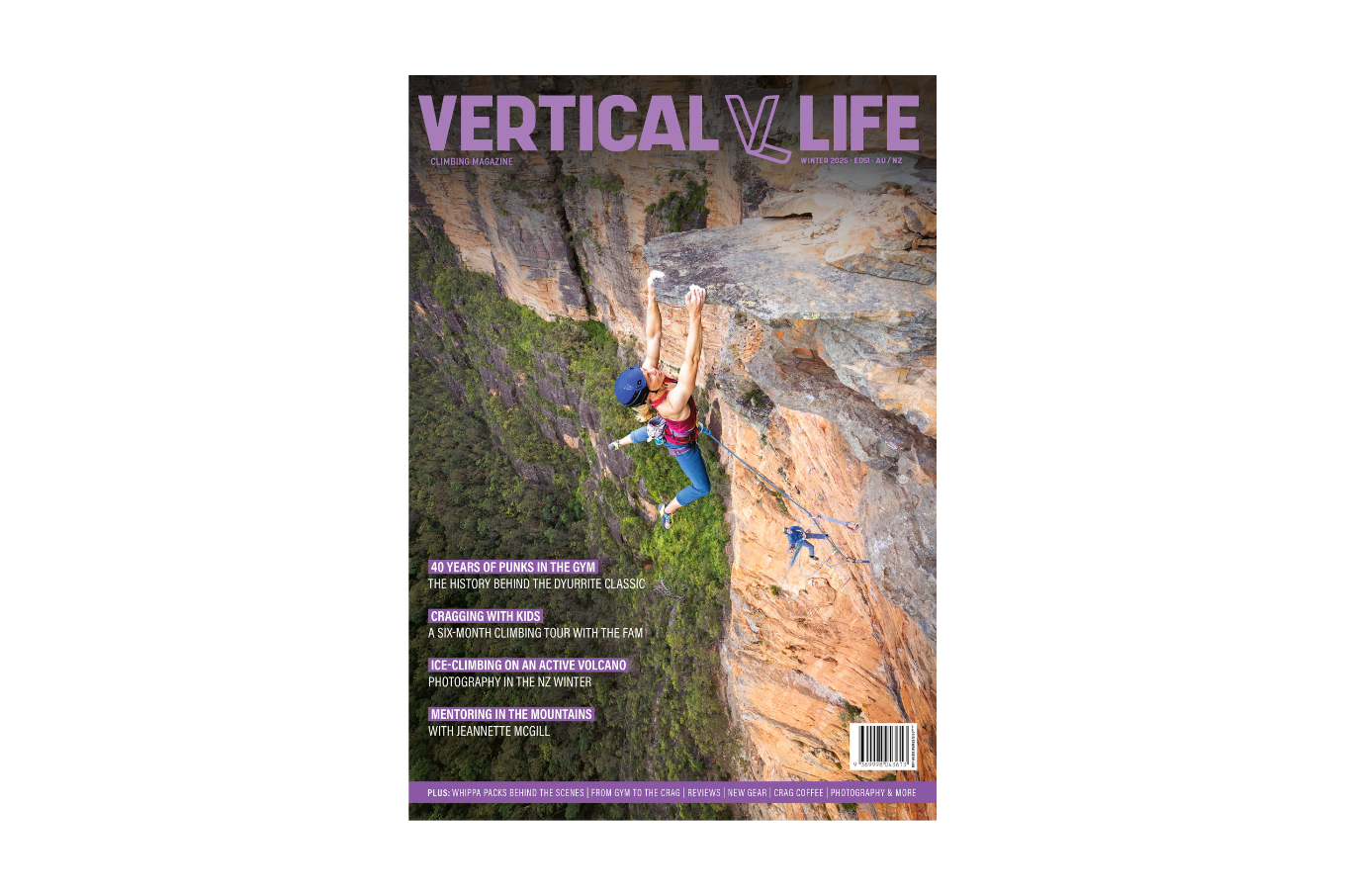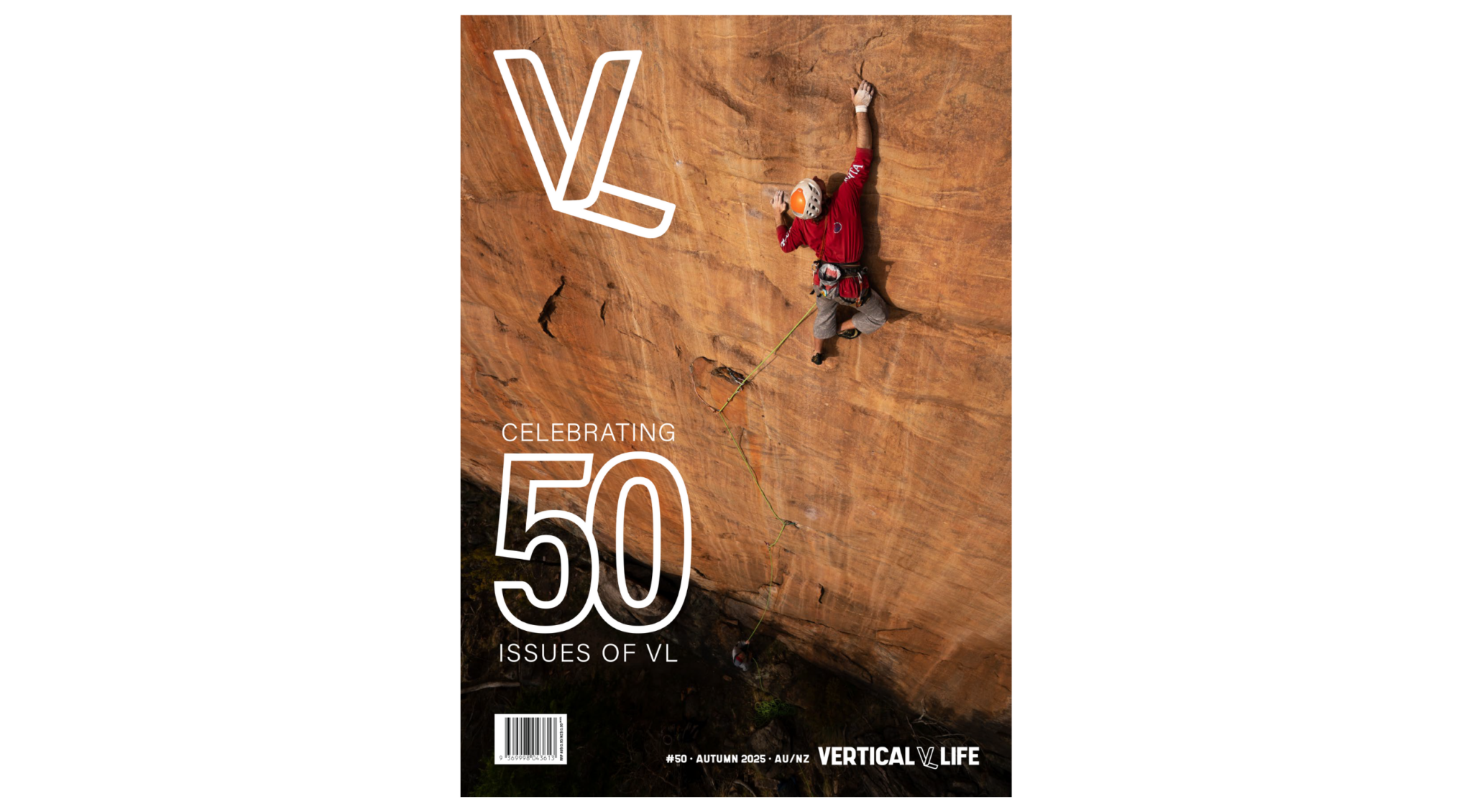Arapiles/Dyurrite faces widespread climbing bans under a new Parks Victoria plan. Climbers are calling for transparency, collaboration, and fair access.
For decades, Mount Arapiles/ Dyurrite has been a cornerstone of Australian climbing—renowned not only for its world-class routes but also for its deep sense of community, history, and culture. But recently, that legacy has come under threat. In late 2024, Parks Victoria announced a draft management plan with far-reaching climbing bans, sparking concern, confusion, and frustration among climbers across the country.
These closures—to be enforced with little consultation or transparency—will affect access to significant climbing areas and ignited debate about land management, cultural heritage, and the future of climbing in the region. As climbers grapple with what these restrictions mean for their community and the crag they love, one thing is clear: this moment marks a critical turning point in the relationship between recreational users and those who manage the land.
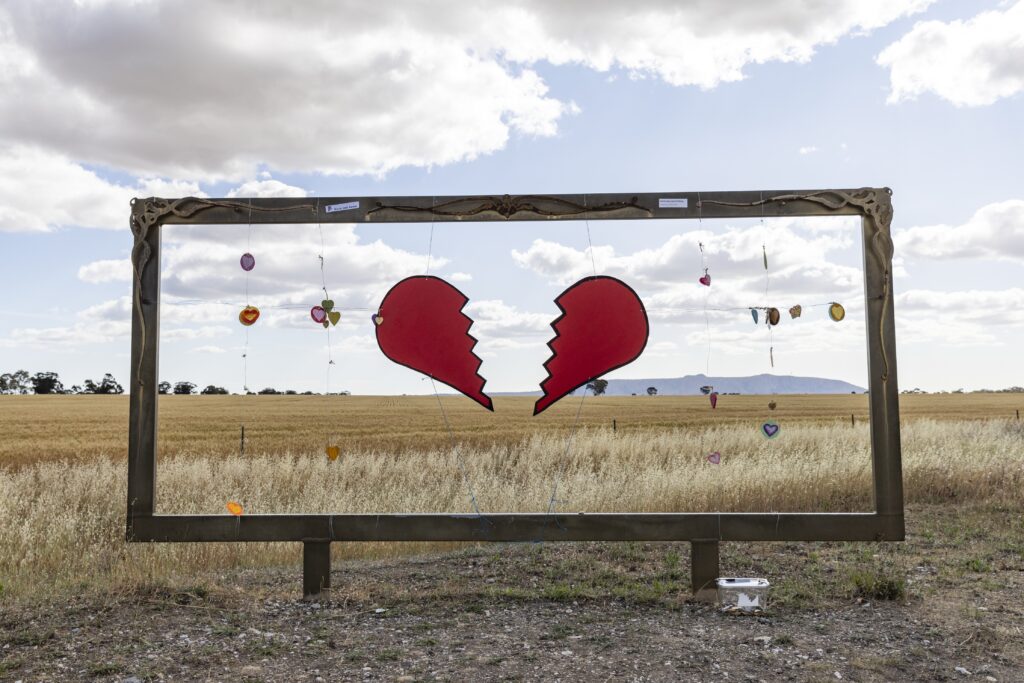
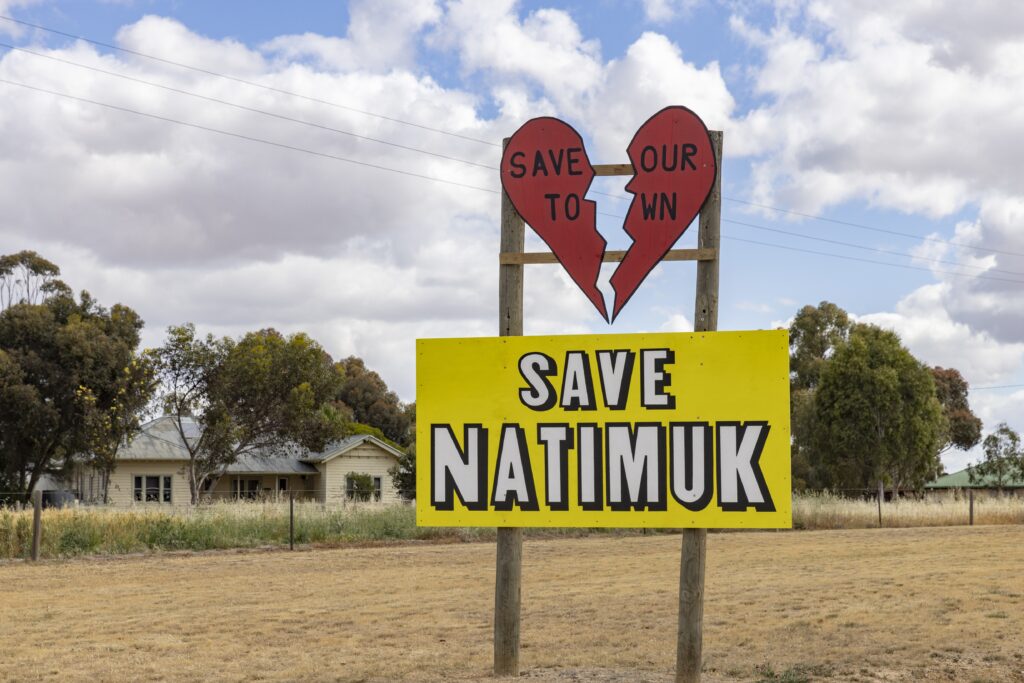
Climbers have long formed deep, personal connections with the land. Moving through it respectfully, often returning to the same cliffs for decades, developing not only skills but relationships—with place, people, and community. At Mount Arapiles, that connection is lived daily. Climbers show up year-round, not just to climb, but to care for the landscape.
Contrary to assumptions that climbing is a destructive activity, the climbing community has a strong track record of stewardship. Volunteers collect rubbish, build erosion-minimising paths, and help plant native vegetation. In summer, tubs of water are left out for thirsty wallabies and bees. We don’t just visit this place—we tend to it.
But if the proposed Dyurrite Management Plan goes ahead unchanged, more than half of Arapiles’ routes—many of them world-renowned—will be permanently closed. This doesn’t just affect climbers. It will impact local tourism, guiding livelihoods, and the broader outdoor community in western Victoria. Below are five significant areas that face closure under the plan:
1. Bushrangers Bluff (Sunny Side)
Bushrangers Bluff is a highly accessible area, well-loved for its beginner-friendly routes. Under the new plan, public access to the sunny side will be restricted to licensed tour operators only.
While heritage protection is essential, climbers have raised concerns about the lack of transparency around this specific area. Its proposed closure appears to be more aligned with commercial regulation than cultural preservation, which has led to confusion and frustration within the community.
Bushrangers Bluff also plays a key role in inclusive climbing. Para climbers and those with limited mobility—such as vision-impaired climber Jason Whiter, who climbed here for the first time last year—rely on accessible areas like Bushrangers, Declaration Crag, and Mitre Rock. Removing public access could significantly limit opportunities for these climbers to engage with the outdoors.
2. Tiger Wall
Tiger Wall has been effectively closed for several years, though not officially banned. During this time, climbers were asked to voluntarily avoid the area while cultural heritage assessments were carried out.
If the ban is formalised, roughly 128 routes will be permanently closed. These include Syrinx (grade 10)—the longest multi-pitch climb at Arapiles. Kaiser—Resignation (15), and Boy Racer (22). Tiger Wall is a historic and significant section of the cliff, known for its length, quality, and position. Its loss would mark the removal of one of Arapiles’ defining features.
3. Mitre Rock
Smaller and quieter than the main areas of Mt Arapiles, Mitre Rock is no less significant. It’s a favourite among locals, guides, and those learning to climb. With over 120 established routes, it serves as an accessible training ground for instruction and skill development.
Climbs like Exodus (6), Serpent (10), and The Bishop (11) offer approachable, clean lines for beginners, and are frequently used in guiding and instructor training. The proposed closure of Mitre Rock would remove one of the safest and most sustainable learning environments in the area.
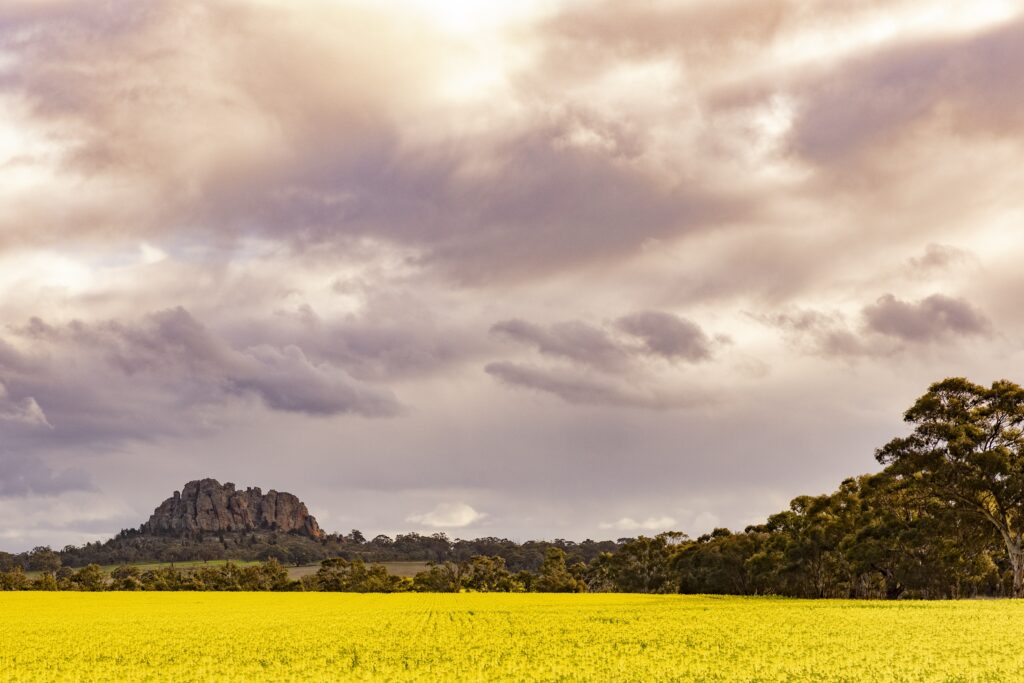
4. Tiptoe Ridge
A true Arapiles classic, Tiptoe Ridge is an iconic multi-pitch route and a rite of passage for many climbers. It’s three-star, low-grade, and perfect for those taking their first steps into multi-pitch terrain.
Removing access to Tiptoe Ridge could unintentionally push less experienced climbers onto harder, riskier terrain. Rather than improving safety, this might increase the chance of accidents and rescues—particularly as this climb is often used in formal instruction and mentoring.
5. Punks in the Gym
In the management plan, it’s mentioned that fixed protection points will be removed from areas where climbing is not allowed which now includes Punks in the gym. Imagine stripping down the first grade 32/8b+ in the world.
Erasing this climb isn’t just a loss for Australian climbing—it’s a loss for global climbing heritage. As a symbol of innovation, commitment, and athleticism, Punks in the Gym deserves recognition, not removal.
A full article on the legacy of this route can be found in Issue 51 of Vertical Life Magazine.
6. The Pharos
Standing proud as one of Arapiles’ most visually striking features, The Pharos is a detached pinnacle offering over 150 traditional routes. Climbers from all over the world come to experience lines like Spiral Staircase (8), Lamplighter(14), and Oceanoid (17).
The Pharos is revered for its diversity—slabs, cracks, overhangs, traverses—and for the unique feeling of climbing high above the plains. Its closure would remove not just routes, but an experience that can’t be found elsewhere.
A Call for Balance
The climbing community recognises the importance of protecting cultural heritage and supports respectful engagement with Traditional Owners. We’re not asking to climb everywhere—we’re asking to be part of the conversation.
Climbers, Traditional Owners, local businesses, and land managers share a common interest: preserving the value and integrity of Dyurrite for future generations. By working together, we can find a path that honours culture, protects country, and allows for continued access to carefully managed climbing areas.
The coming months will be crucial. This is a chance to demonstrate that collaboration is not only possible—it’s necessary.
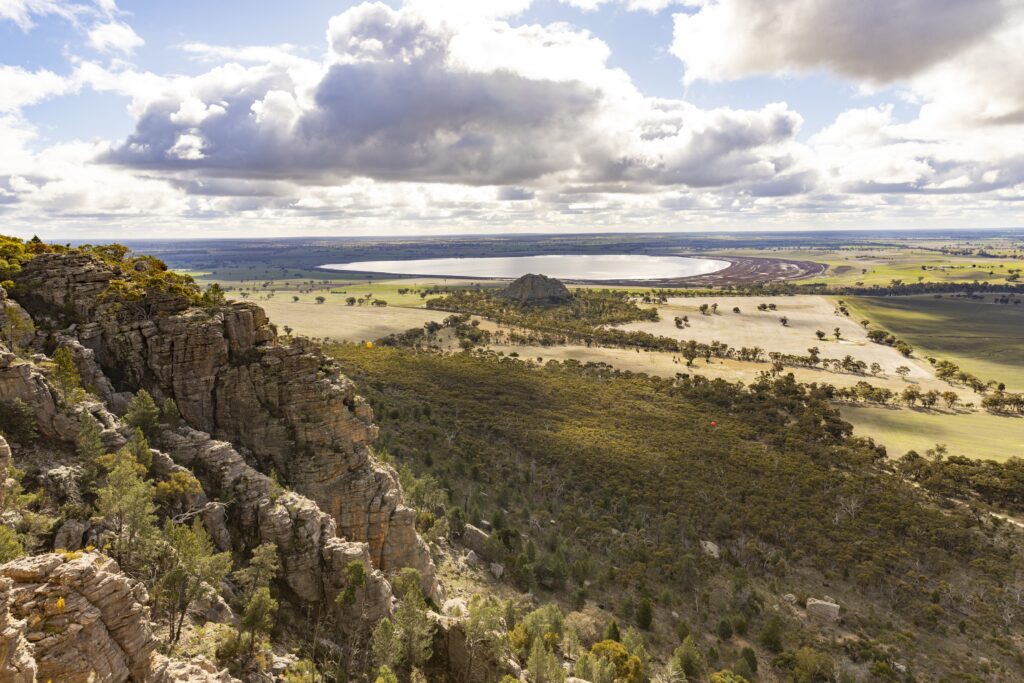
Stay Informed. Get Involved.
This conversation is still evolving, and it’s critical that climbers stay informed and engaged. To read the full Dyurrite Management Plan, view maps of proposed closures, and see updates from land managers and advocacy groups, visit:
Link to the Parks Victoria Management Plan:
Join the Discussion on Australian Climbing Association Victoria’s Facebook Platform:
For Updates and information on call to actions:
Read our Shared not Shut article from Issue 51.
To learn more about the history of Climbing at Arapiles and around the globe:
Visit the Arapiles Climbing Museum – 57 Main Street Natimuk, Sunday’s 2-4pm
If this matters to you, make your voice heard—respectfully. Write to your local MP, speak to Traditional Owner groups where appropriate, and support climbing organisations working toward fair and culturally sensitive access.
Together, we can help shape a future where cultural heritage and climbing coexist.

